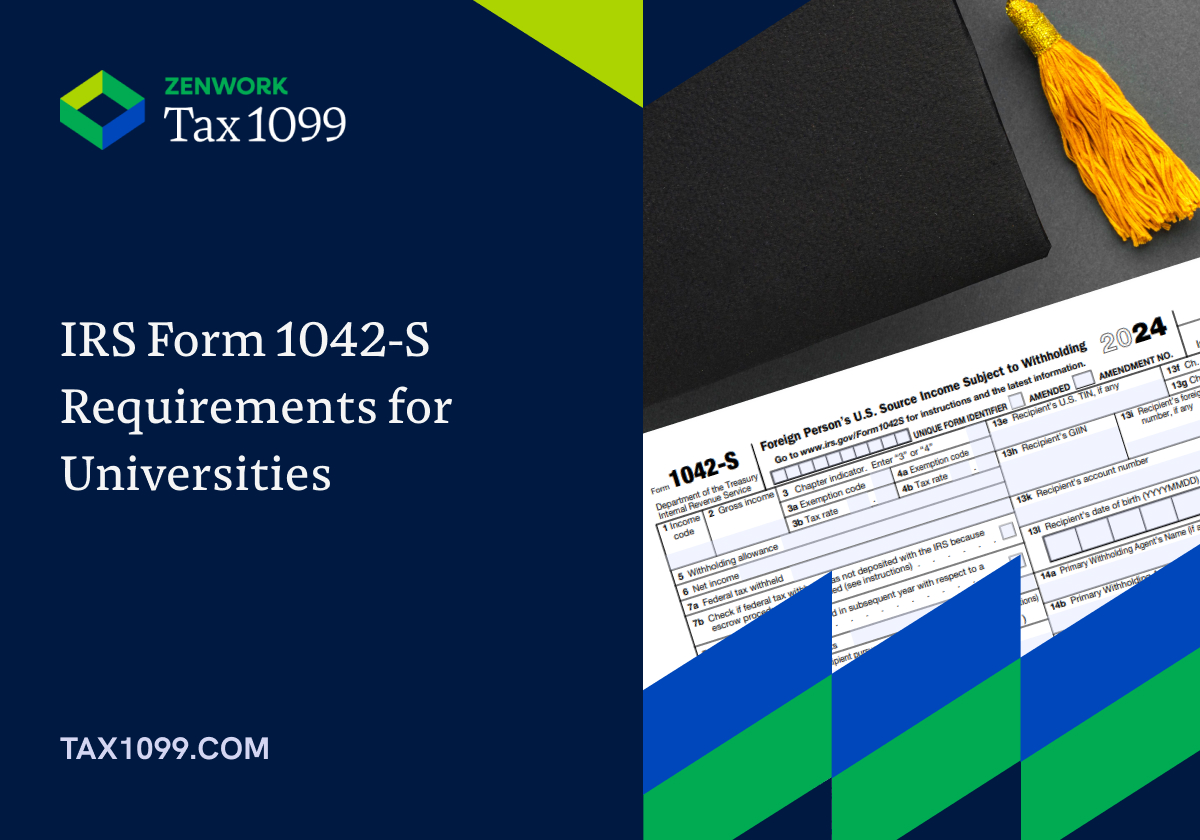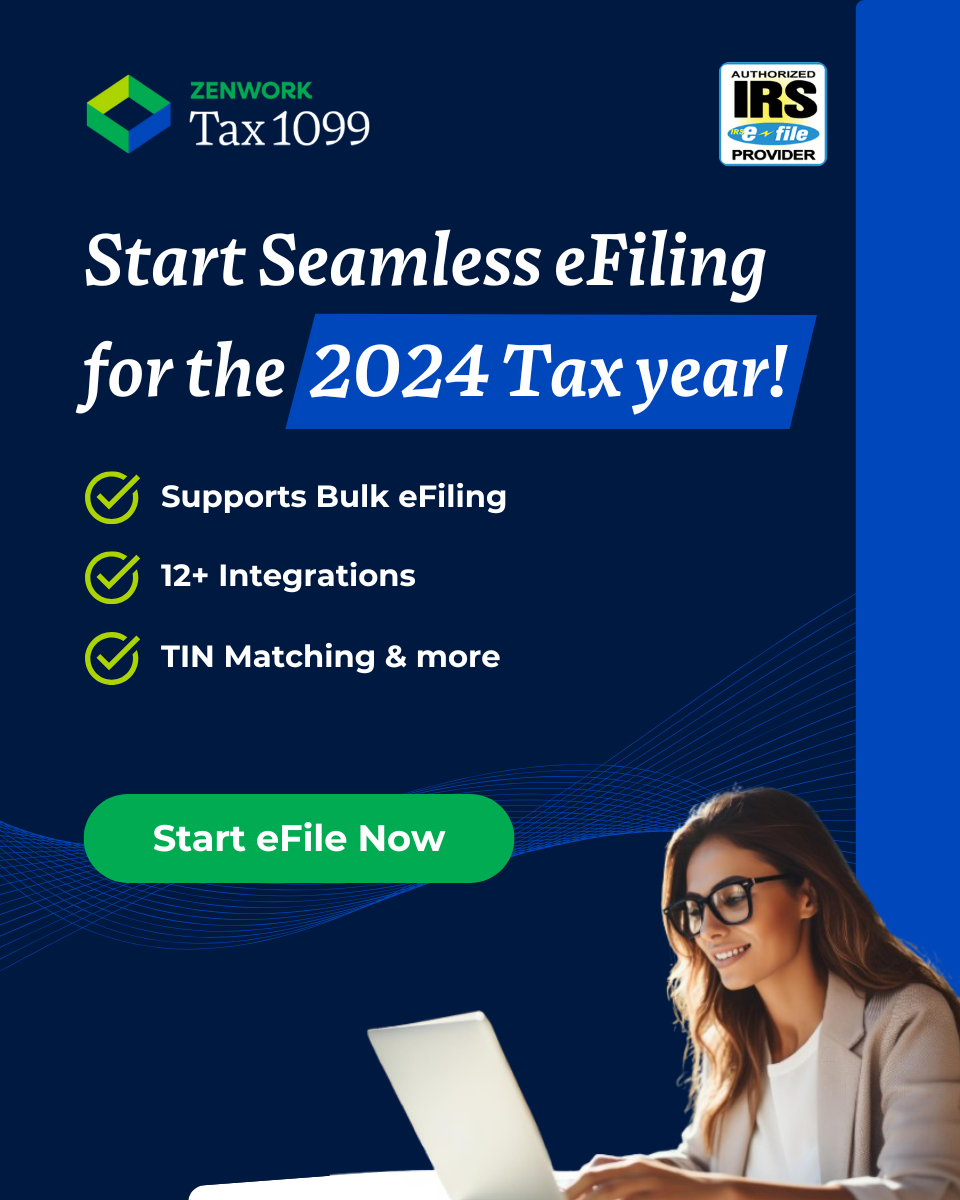Form 1042-S is a resource that helps the U.S. government track payments made to people or groups that are based outside of the country. The goal is to ensure everyone pays the right amount of taxes. The withholding agent (those in charge of withholding tax, such as employers and universities) use this form to report the income of the recipient (foreign individuals or organizations). Income may include dividends and scholarships, even if taxes were not withheld.
Introduction
In the diverse landscape of American universities, the presence of students and professors from around the globe enriches the academic experience and fosters cross-cultural exchange. As a part of commitment to support international scholars, universities often provide financial assistance in the form of scholarships, grants, or stipends. However, these payments come with a requirement to accurately report that payment to the US and some state governments. To report this income the IRS uses the ‘1042-S‘ Form. This is used to report some payments to foreign persons that may be subject to withholding. Form 1042-S provides detailed information such as the amount of money provided, the purpose of the payment, any amount withheld, and some information regarding the details of the recipient of the payment.
In this blog, we’ll briefly skim the surface of the 1042-S form, its filing requirements, due dates, and discuss some of the types of income it encompasses.
What is Form 1042-S?
The 1042-S form is used to report payments to non-resident aliens from U.S. sources. All filers (including Universities) have until March 15 of the respective year to file Form 1042-S. Reportable payments, classified as fixed or determinable annual or periodical (FDAP) income, encompass various types of financial support in a university setting.
Types of Income
FDAP income covers a broad spectrum of payments, including but not limited to:
- Scholarships
- Grants
- Awards
- Stipends
- Prizes
- Fellowships
- Interest
- Dividends
- Rents
- Royalties
- Salaries
- Wages
- Compensation for personal services
- Pensions
- Annuities

Difference between Form 1042 and 1042-S:
- Form 1042: This a summary that U.S. companies or institutions submit out to report the total tax withheld from payments made to non-US filers.
- Form 1042-S: Think of this as a receipt given to the non-US person showing how much money they received and how much tax was taken out.
Under the new regulations, certain withholding agents are required to electronically file Form 1042 as well.
These include:
- Partnerships with more than 100 partners.
- Financial institutions acting as withholding agents.
- Withholding agents who file at least 10 returns of any type (such as Form 1042-S) in the same calendar year in which Form 1042 needs to be filed.
Here’s a scenario:
Let’s say Columbia University awards a $12,000 grant to support a foreign exchange student studying in the United States. The grant covers various expenses like housing, meals, and academic materials. Since Columbia is based in the U.S., the grant is considered income from a U.S. source. The total grant amount is $12,000, representing the full payment made to the student. Now, Columbia University is responsible for reporting this grant on Form 1042-S and withholding tax at a rate of 30%, unless the recipient qualifies for a treaty exemption or meets the criteria for a code exception. See IRS Publication 515 for more details.
Form 1042-S Filing Requirements
A withholding agent that is not a financial institution must file Forms 1042-S electronically if it is either required to file at least 10 information returns during the year or is a partnership with more than 100 partners.
When filing Form 1042-S, you’ll need to include the following information:
Recipient Information:
- Recipient’s name
- Recipient’s Address
- Taxpayer Identification Number (TIN) – This could be a Social Security number (SSN) for certain individuals or an Individual Taxpayer Identification Number (ITIN) for others. It could also be a foreign tax identification number for foreign entities.
- Country of residence for tax purposes
Income Information:
- Income Code: This identifies the type of income paid (e.g., wages, dividends, royalties)
- Amount of Income Paid: The total amount of income paid to the recipient during the tax year
Withholding Information:
- Tax Rate: The applicable tax rate withheld (if any) – This will be “00.00” if no tax was withheld.
- Amount of Tax Withheld: The total amount of income tax withheld from the payment (if any)
Treaty Benefits (Optional):
- You can include information about any tax treaty benefits claimed by the recipient, but it’s not mandatory.
Additional Information:
- Chapter 3 Status Code: This code indicates the recipient’s classification under Chapter 3 of the Internal Revenue Code (IRC) – You’ll find details on these codes in the IRS instructions.
- Chapter 4 Status Code (if applicable): This code is used if tax was withheld under Chapter 4 of the IRC – Again, refer to the IRS instructions for details.
Note: Chapter 3 and Chapter 4 status codes are codes used to indicate the tax status of the withholding agent (usually the university or institution) under the corresponding chapters of the U.S. tax code. They help the IRS identify the tax status of the withholding agent for the purposes of tax reporting and withholding obligations.
When is Form 1042 and Form 1042-S Due?
Form 1042, along with Forms 1042-S and 1042-T, must be submitted to the IRS by March 15th of the year following the calendar year in which the payments were made. In cases where March 15th falls on a weekend or legal holiday, the deadline shifts to the next business day.
Should additional time be required, a filing extension request can be made. To request an extension for filing Form 1042, you need to fill out Form 7004, titled “Application for Extension of Time to File Certain Excise, Income, Information, and Other Returns.” However, it’s important to note that Form 7004 does not extend the deadline for tax payment.
Note: An extension for 30 days can be requested by filing Form 8809 on or before the due date of the return.
File Your Form 1042 and 1042-S Today!
If you haven’t filed your Form 1042 and 1042-S yet, it’s important to do so as soon as possible to avoid additional penalties. Utilize Tax1099, an IRS-approved eFiling platform, to file your 1042 online. Tax1099 offers various features designed to simplify the filing process while ensuring compliance with all regulations.
You’ll need a separate Form 1042-S for:
- Each recipient (regardless of tax withheld)
- Each tax rate for a specific income type paid to the same recipient.
- Each type of income paid to the same recipient.
- You must also provide a completed Form 1042-S to the recipient.
Read our guide on how to file Form 1042-S to tackle some of the most frequently asked questions and for more detailed 1042-S Filing Instructions.
E-File 1042-S Correction Form Online with Tax1099
Correcting the errors in tax documentation is important to make sure that everything is right. Here are the different kinds of details that can typically be amended on the 1042-S Form:
- Recipient Details: This includes any errors in the recipient’s name, address, or taxpayer identification number (TIN).
- Income Details: Mistakes in income amounts, such as the total income paid to the recipient, can be rectified.
- Income Code: If there’s an incorrect income code initially mentioned on the form, it can be corrected.
- Exemption Code (Chapters 3 and 4): Errors related to the exemption code corresponding to Chapters 3 and 4 can be addressed.
- LOB Code: If there’s an erroneous Limitation on Benefits (LOB) code affecting the taxpayer’s eligibility for treaty benefits, it can be fixed.
- Other Corrections: Any additional inaccuracies or errors on Form 1042-S can also be corrected.
Ready to file your 1042-S correction Form?
If you are new here, subscribe to our Newsletter to get latest tax-related updates straight to your inbox.



